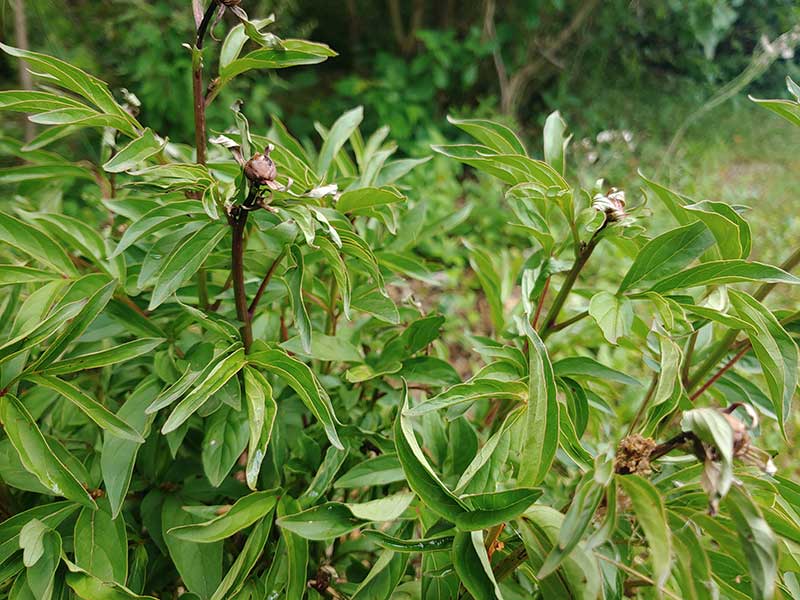It is reasonable to imagine that at some point in any growing season there may be droughty conditions. To prepare for drought is simple. For plants to survive drought is another matter.
Simple preparation may be summed up in two forms: choosing appropriate materials and proper watering techniques. Adding drought resistance to any plant choice specifications will give the gardener an advantage in dealing with water deficits.
Drought resistance does not mean the plant will survive without water. All plants need some level of water. Resistance to drought is a designation that represents a plant’s ability to quickly activate its internal system to lessen the effects of water deficits. What does that mean? When plants sense changes in the availability of water, the internal systems send signals throughout alerting the plant to accommodate and shut down where needed. This shut down may be visible – think wilting leaves. Or the changes may be invisible, at the root level, and/or internal hormonal changes. How quickly the plant reacts to those signals often determines how much permanent or temporary loss is sustained.
There are lovely plants that, when sited according to needs, are proven to be drought resistant:
- Abelia, particularly mosanensis (sweet abelia)
- Amsonia (blue star flower)
- Allium
- Andropogon (big bluestem)
- Asimina (Pawpaw)
- Buxus (boxwood)
- Calamintha (calaminta)
- Callicarpa (beautyberry)
- Chionanthus virginicus (white fringetree)
- Diervilla sessifolia (bush honeysuckle)
- Epimedium (horny goatweed)
- Forsythia
- Geum (avens)
- Ginkgo
- Helleborus (hellebores)
- Hemerocallis (daylily)
- Hypericum (St. John’s Wort)
- Kolkwitzia amablis (beautybush)
- Myrica pensylvanica (bayberry)
- Orixa japonica
- Perovskia (Russian sage)
- Phlox paniculate
- Ruellia humilis (wild petunia)
- Salvia
- Sambucus (elderberry)
- Sporobolus (prairie dropseed)
- Stachys (lamb’s ear)
Watering properly will help plants develop into water searching machines. Run the system, hose, and/or bucket less frequently but for longer periods to provide a deep soak. A good average is the equivalent of two and three inches of rainwater per week during growing seasons. Approximating rainfall with a hose and or sprinkler takes of bit of playing and figuring but it is well worth the effort. Set out a shallow empty container that is about two inches deep, note the time, turn on the water source, and allow the hose/sprinkler to run until it fills to one inch and then two-inch levels. Check and make note of the time to each level. The result is an approximate time to run the water to the equivalency of needed water.
Supplement nature especially for new plantings. Roots take time to develop and providing water when nature does not will help with the survival rate. Allowing the soil to dry a bit between watering will encourage roots to aim deep for water, minimizing dependance on the surface area roots. When the soil surface dries, deeply watered plant structures are already in place to provide needed moisture to the system.
In addition to the deep watering, adding two-to-three inches of organic mulch will benefit most garden plantings. Although research has shown the water mitigation effects of mulch are minimal, the weed suppression is good and the benefits added via breakdown of natural materials do help the soil to retain moisture.
There are no assurances that preparing for drought will guarantee a living plant. Some plants wilt, lose their leaves, and still come back for more. Others are more fragile when faced with drought stress and will not make it through the fight. Get to know the habit of your plants. Some resprout from the roots if they die back and others may take a couple of years to reflower or produce fruit. If droughty conditions hit the garden plantings, be patient, continue to provide water, and give them a chance to rebound.
